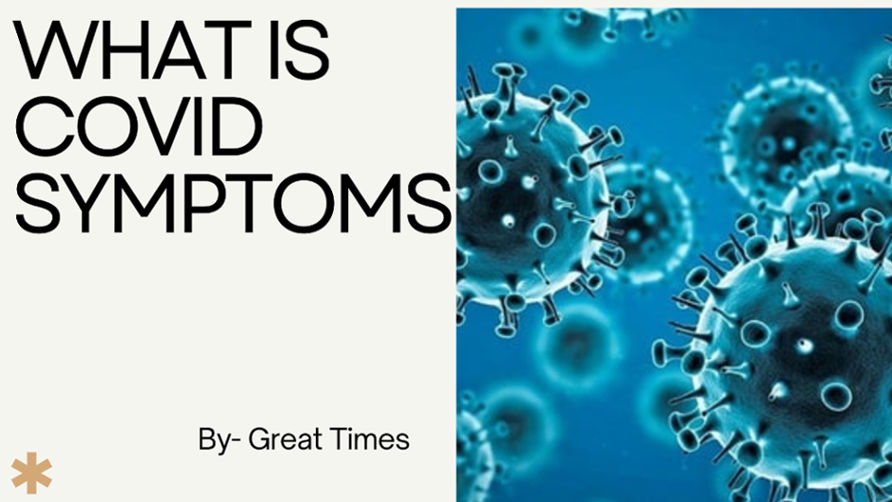What is Covid symptoms– COVID-19 symptoms can vary widely, ranging from mild to severe. Common symptoms include:
What is Covid symptoms
Common Symptoms (Appear 2–14 days after exposure)
- Fever or chills
- Cough
- Shortness of breath or difficulty breathing
- Fatigue
- Muscle or body aches
- Headache
- Loss of taste or smell
- Sore throat
- Congestion or runny nose
- Nausea or vomiting
- Diarrhea
Severe Symptoms (Seek medical attention immediately)
- Trouble breathing
- Persistent chest pain or pressure
- Confusion or inability to stay awake
- Bluish lips or face
COVID-19 symptoms can resemble those of the flu or a common cold. Testing is the best way to confirm infection. If you have symptoms, consider isolating and consulting a doctor.
Here are additional details on COVID-19 symptoms, risk factors, and related conditions:
Less Common Symptoms:
Some people with COVID-19 experience less common symptoms, such as:
- Skin rash or discoloration on fingers or toes (often called “COVID toes”)
- Conjunctivitis (pink eye)
- GI symptoms (gastrointestinal issues like vomiting, diarrhea, or stomach pain)
- Dizziness or lightheadedness
- Cognitive changes or “brain fog” (difficulty concentrating or memory problems)
COVID-19 Variants:
Different variants of the virus (such as Delta and Omicron) have emerged over time, sometimes leading to different patterns of symptoms:
- Omicron: Often causes milder illness in vaccinated individuals but can still cause severe disease, especially in vulnerable populations.
- Delta: Was associated with more severe outcomes and a higher likelihood of hospitalization compared to earlier strains.
- Alpha, Beta, Gamma: Other variants also had varied impacts, often affecting transmissibility or immunity resistance.
Long COVID (Post-COVID Syndrome):
Some people experience lingering symptoms weeks or months after their initial infection, which is known as Long COVID or Post-COVID Syndrome. Symptoms can include:
- Extreme fatigue
- Shortness of breath
- Difficulty concentrating (brain fog)
- Joint pain
- Headaches
- Sleep disturbances
- Heart palpitations or chest pain
Who is at Risk for Severe Illness?
Certain populations are more vulnerable to severe illness, including:
- Older adults (65+)
- People with underlying health conditions, such as:
- Cardiovascular disease
- Diabetes
- Respiratory conditions (like asthma, COPD)
- Obesity
- Cancer
- Weakened immune systems (e.g., HIV, organ transplant recipients)
- Pregnant individuals may also be at higher risk of severe illness.
Asymptomatic and Mild Cases:
Some individuals infected with COVID-19 do not develop any symptoms (asymptomatic) or only experience mild symptoms. These people can still spread the virus, even if they feel well. This is why widespread testing and preventive measures like mask-wearing and social distancing are important.
Prevention and Testing:
- Vaccination is the most effective way to reduce severe illness, hospitalization, and death.
- Boosters: In some cases, booster doses are recommended for continued protection, especially with new variants circulating.
- Testing: PCR tests and rapid antigen tests can help detect infection. PCR tests are more accurate, but rapid tests are faster.
- Masking, Hand hygiene, and Social distancing remain important tools, especially when variants like Omicron are spreading.
Treatment:
Most people with mild cases recover at home with rest and hydration. However, severe cases may require hospitalization and oxygen therapy. Treatments for COVID-19 may include:
- Antiviral medications (like Paxlovid, molnupiravir)
- Monoclonal antibodies (for high-risk individuals)
- Steroids (such as dexamethasone for severe cases)
Would you like to know about any of these in more detail?

